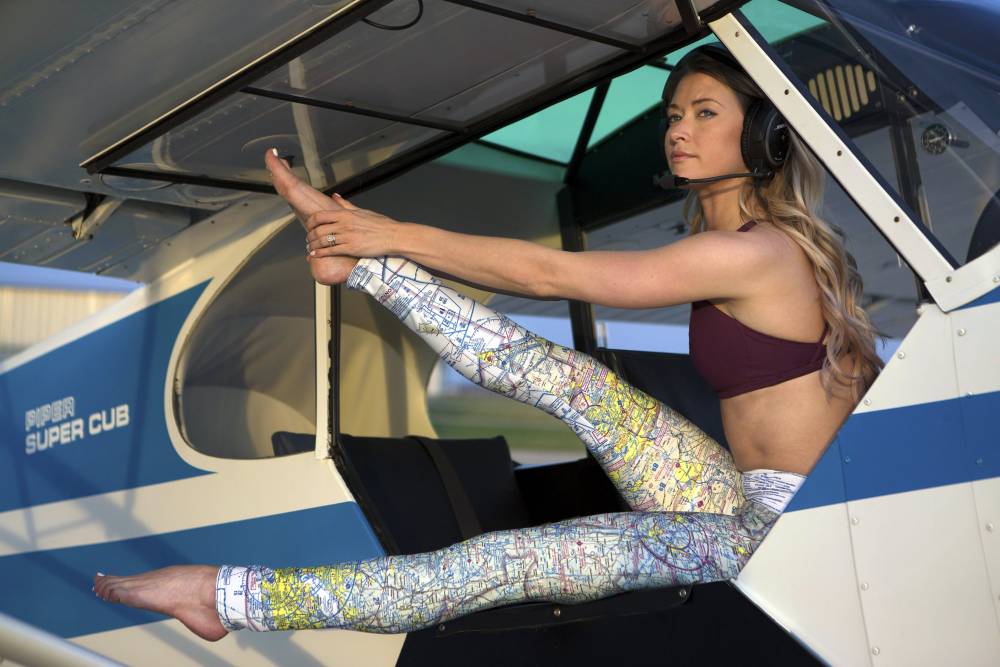Stewartb
Final Approach
Three things in this world that never lie.
1-a young child
2-a drunk adult
3-yoga pants
1-a young child
2-a drunk adult
3-yoga pants

These would make for a great prop sock.
I've preheated more airplanes than most. Two things I've never seen. A preheated engine melt any prop frost, even in close to the hub, and when using my best prop covers I've never recognized any warmth in the prop blades after any amount of preheat, including overnight.
Interesting! All my knowledge is theoretical and from reading at this point, i should grab my buddies infered or laser temp gun and do it both ways to see what that says... im always open to an opinion change especially theory vs real world experience..
For a hour you’ll be fine.
Or just buy a thick sleeping bag from Walmart and use it was a cowl blanket
I had a chat with an Alaskan friend who does feel heat in his prop. Turns out he uses a little electric heater with a fan to preheat. With that his accessories get hot long before the engine is ready and that includes the flywheel, so in that scenario heat moves into the prop hub and blades. I use a Reiff system so heat is directed to cylinders and sump only, and the engine is ready to go faster than with hot air so I don’t notice any warmth at the prop. I still have a Little Buddy electric heater and figured to give it a test against the Reiff using my optical thermometer when I find myself with nothing better to do. That won’t be soon!
A good aircraft preheater will put out enough heat to overcome whatever loss a prop might contribute to. I used big puffy engine covers for years but now with the Reiff system doing such a good job I’ve changed to engine covers with half the insulation and half the bulk. There’s no difference in preheat effectiveness.
i should grab my buddies infered or laser temp gun and do it both ways to see what that says...
Excellent idea! Please do this, and report back!
-Skip
I use a Reiff system so heat is directed to cylinders and sump only, and the engine is ready to go faster than with hot air so I don’t notice any warmth at the prop.
A good aircraft preheater will put out enough heat to overcome whatever loss a prop might contribute to.
I also use a Reiff, and like them a lot. Cheaper and better than Tanis IMO (bands vs. screw-in single point heat, no need for funky CHT probes, etc)
However, my concern isn't that the heat lost through the prop will somehow cool the engine too far - My concern is that the crankshaft may lose enough heat through the prop to be below the dewpoint inside the case, leading to condensation, which would be bad.
Just finished my $40 closed loop engine dehumidifier, going to add that to cut down on corrosion worries. I get that its debated if they help, but for $40 over the years I'll gamble it. Plus I like dining room table engineering things... One 60 gallon aquarium pump, an oil/water/particulate filter for air compressor, a few fittings from hardware store, two rubbermaid left overs containers, and a bag of silica gel kitty litter, is all I had to buy, had some old compressor hose laying around and a tube of silicone to seal things up.
Cool. Would love to see a thread on the build.
